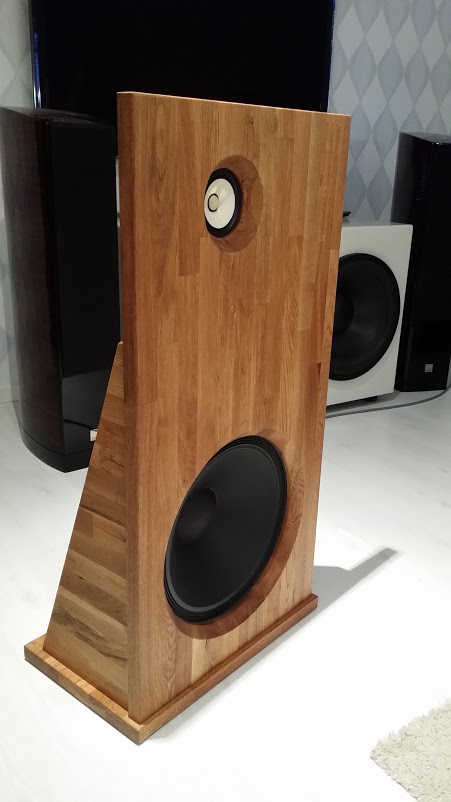Full Range Driver Open Baffle

Speakers cost way too much. Speakers that sound good cost even more. But there is a way to correct this tragedy with some DIY magic! Turns out that Full Range Single Driver Speakers are making a comeback in the audiophile world. Coupled with an efficient amplifer you can enjoy audiophile grade music for quite cheap (.
Fostex 168 Sigma full range driver. Since moving into a small apartment I have ported speakers in the bedroom and open baffle in the den. Models modular open baffle speakers, you decide! Floor Stand Speakers: Duet10: one PAP(Morel)1075 Open Baffle 10″ Bass Woofer and your favorite full range driver. There are several design options for your Wild Burro Audio Labs Betsy open baffle speaker system. DIY Visaton BG 20 Single Driver Full Range Speakers. Due to the semi open baffle design the individual elements of the speakers were physically quite far away.
Note how wide the baffles are on the design before you venture out to the hardware store. I actually was able to find some recycled plywood that was 1' thick from a local recycler (check Craigslist) that had essentially broken down shipping crates from China! I was able to source all my wood for less than $20!!
Cutting the wood turns out this is more challenging than you might think. Digieffects Aged Film Serial Regina. The baffles are wide and I would not recommend having your local hardware store cut the baffles for you. I used Lowe's to cut a few of the edges down so that they were easier to deal with but their cuts are not very accurate. The hardest part is cutting the center circle. I used a jigsaw to cut the center hole but there are many ways to do this. The jigsaw method is not very reliable in cutting a perfect circle but if you trace it out and go slow with the jigsaw you can get pretty close. Mount the speakers with screws.
I opted to rear mount the speakers but you could also screw in from the front. I predrilled holes from the back by first laying the speakers down and then using a pencil to mark the sites the holes were suppose to go. Also I would recommend against overly tightening the speaker with screws while mounting. In the future I plan to go back with a router and create a beveled surface in the front of the speaker hole to help the diffraction of sound as it exits from the driver. Right now the edges of the sound waves have to bounce along 1' of plywood before being liberated.
There's different theories on the correct beveling 'function' to use to even out the hole but that's beyond the scope of this Instructable.